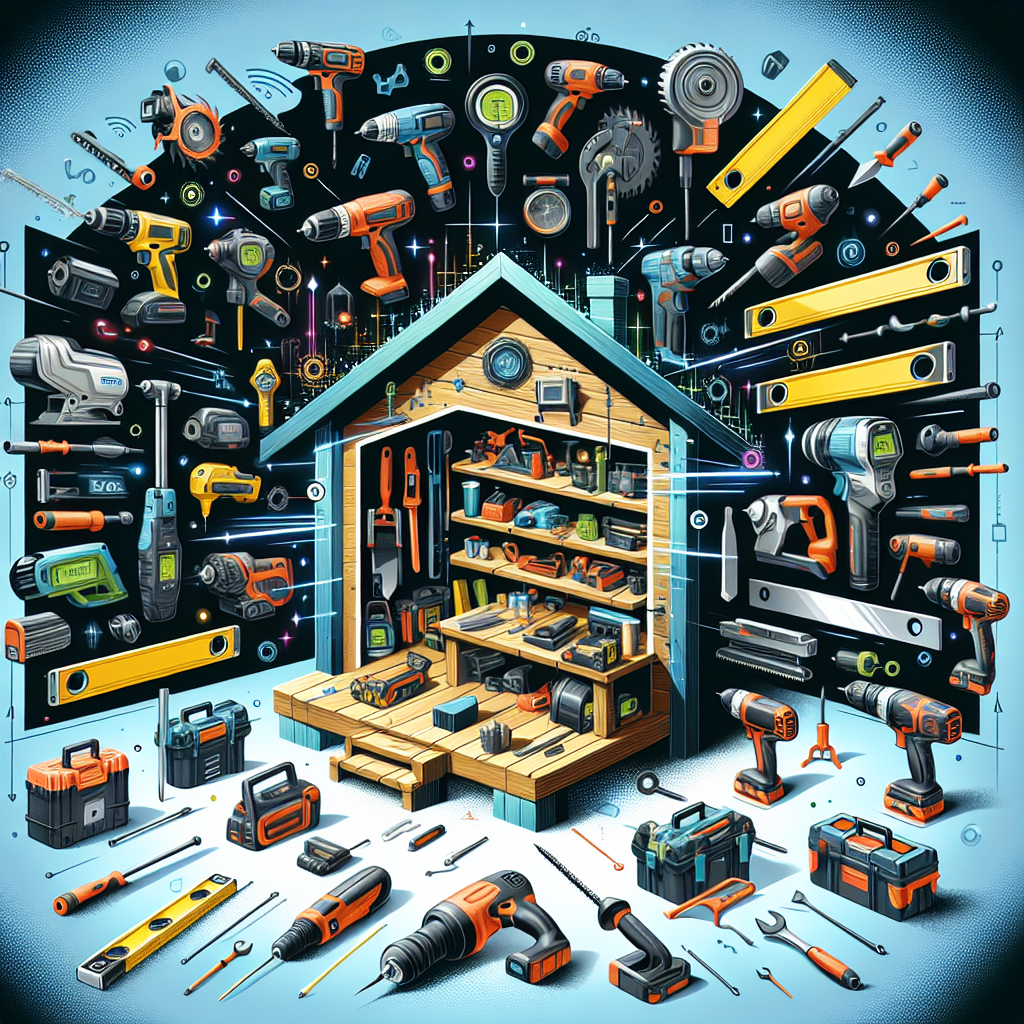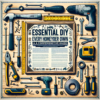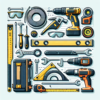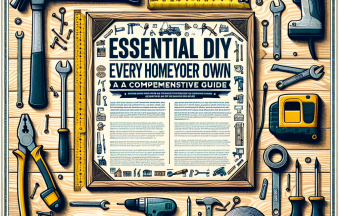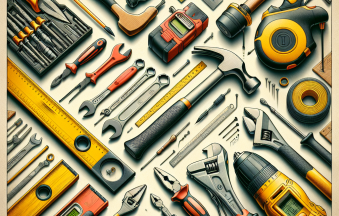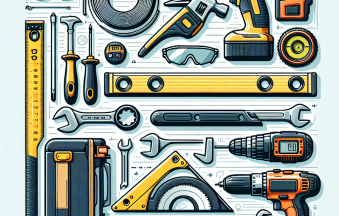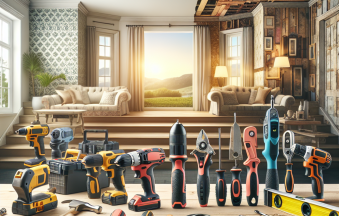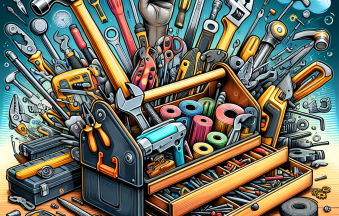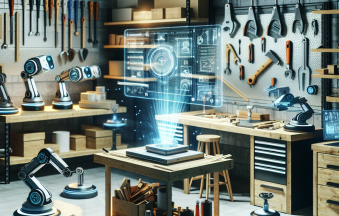Whether you’re an experienced DIY enthusiast or just beginning, having the right equipment at your disposal makes any undertaking achievable. In this article, we’ll examine essential DIY tools across various categories, aiding you in equipping your home with everything required for different projects—from minor repairs to major remodeling.
Home Tools
Home tools constitute the foundation of any DIY endeavor. Fundamental items such as a high-quality screwdriver set, a dependable hammer, and adjustable wrenches can significantly ease your tasks. Consider investing in tools that have ergonomic grips for comfort during extended use. Multi-tools are also excellent space-savers, providing multiple functions in one convenient device. Don’t overlook a sturdy tool belt to keep everything neat and within reach while you work!
Construction Materials
Regarding construction materials, it’s wise to stock versatile items. Quality timber, plywood sheets, and concrete mix are essentials for any home enhancement task. Additionally, it’s advisable to have nails, screws, and brackets in various sizes readily available. These materials are crucial for framing structures, creating furniture, or even mending a fence. When buying supplies, always keep sustainability in mind—choosing recycled materials when feasible not only benefits your budget but is also good for the environment!
How to Select the Appropriate Construction Materials
Before embarking on a project, evaluate the requirements meticulously. Create a list of the measurements and quantities necessary and verify local building regulations if engaged in larger constructions. Consulting with a knowledgeable employee at your local supply store can also assist in ensuring you select the most suitable materials for your needs.
Electrical Tools
Electrical tasks can be intimidating, but suitable tools can streamline the process. A multimeter is crucial for measuring voltage, current, and resistance, facilitating the troubleshooting of electrical problems. Wire strippers, electrical tape, and a solid set of pliers are also key tools. For safety, don’t neglect to use a trustworthy circuit tester to guarantee you’re working with powered-down wires.
Essential Safety Tips for Electrical Projects
Always switch off the main power source prior to starting any electrical work, and think about wearing rubber-soled shoes for additional safety. Having a friend assist can also provide reassurance during more complex tasks.
Hardware & Fixings
No DIY toolkit is complete without a wide array of hardware and fixings. This category includes screws, nuts, bolts, and anchors. Keeping a variety of sizes on hand enables quick repairs and projects around the house, such as hanging artwork or assembling furniture. A dedicated storage solution, like small bins or a pegboard, can help keep everything organized and easily accessible.
Building Your Fixings Collection
Consider purchasing fixings in bulk; this not only saves money but also guarantees you will never run out during projects. Clearly labeling your storage can further enhance your future DIY efforts.
Kitchen & Bath Essentials
In the kitchen and bathroom, DIY endeavors can significantly enhance both functionality and aesthetics. Essential tools like caulking guns, tile cutters, and plumbing wrenches make tasks like sealing and installing fixtures considerably simpler. When upgrading fixtures, consider energy-saving options that conserve both water and electricity, contributing to sustainability and reducing utility expenses.
Guide for Installing Kitchen Fixtures
Before removing old fixtures, take photos or jot down notes regarding the existing setup for easy reference. Always recheck measurements to prevent costly errors during installation!
Light Bulbs & LEDs
Proper lighting can transform a space, and modern LED bulbs are energy-efficient while offering various color temperatures to meet your needs. Stockpile LED bulbs for your fixtures, ensuring appropriate wattage and lumens for your lighting objectives. Remember the different types of light bulbs—CFLs, incandescent, and specialty bulbs can also contribute to your home’s atmosphere!
Selecting the Ideal Light Bulb
Understanding lumens and color temperature can aid you in picking the ideal bulb. For instance, a warm white light creates a snug atmosphere, perfect for living areas, whereas bright daylight is most suitable for task-specific spaces such as kitchens and garages.
Lighting & Fans
DIY lighting projects allow homeowners to beautifully personalize their environments. From ceiling fans to wall sconces, an abundance of options is available. The appropriate lighting not only enhances the atmosphere but also improves energy efficiency. Installing a ceiling fan can assist with temperature regulation, making it a desirable addition for any household.
Measuring Instruments
No DIY project proceeds smoothly without dependable measuring instruments. A good tape measure, carpenter’s square, and level are crucial for accurate cuts and precise placements. A laser level can also be a valuable investment for larger renovations, assisting in ensuring your lines are straight and your work impeccable.
Expert Tips for Precise Measurements
When measuring, always verify your figures before making cuts—this straightforward step can save both time and materials. Use a pencil to lightly mark measurements, making them easy to erase if necessary.
Paint & Wall Materials
Any home improvement project typically involves painting or wall treatments. Having the correct brushes, rollers, and painter’s tape can greatly enhance your finish. High-quality paints that deliver good coverage will not only save you time, but also ensure a professional appearance. Always prepare surfaces by cleaning, filling holes, and priming before painting for optimal results.
Best Practices for Interior Painting
Choose paint colors depending on the lighting and purpose of the room. Consider using sample pots to try out colors before committing to larger amounts. This will help ensure that you’re pleased with the final outcome!

